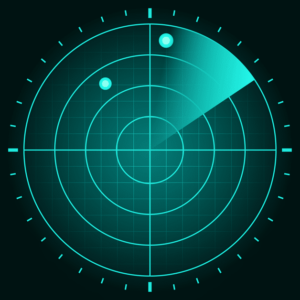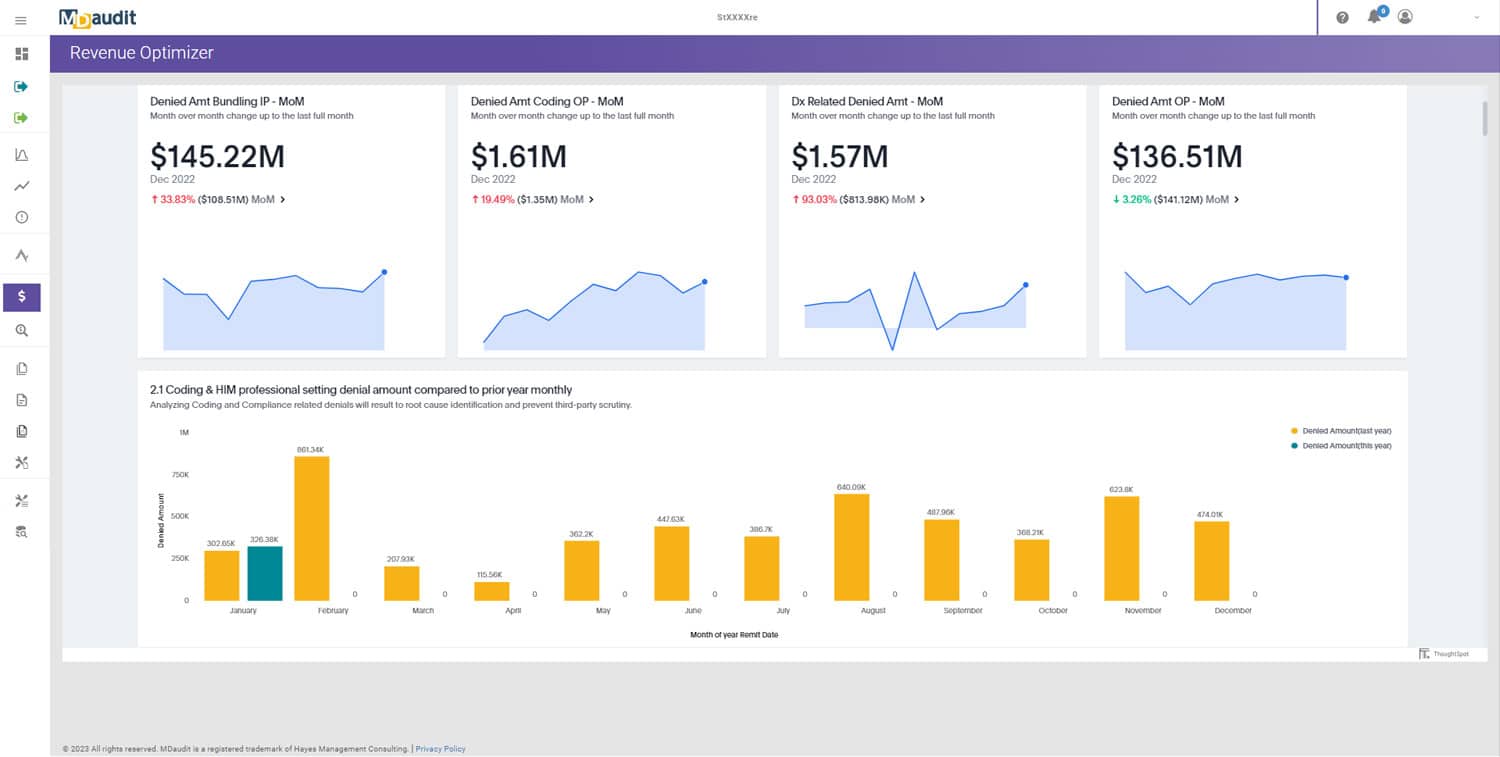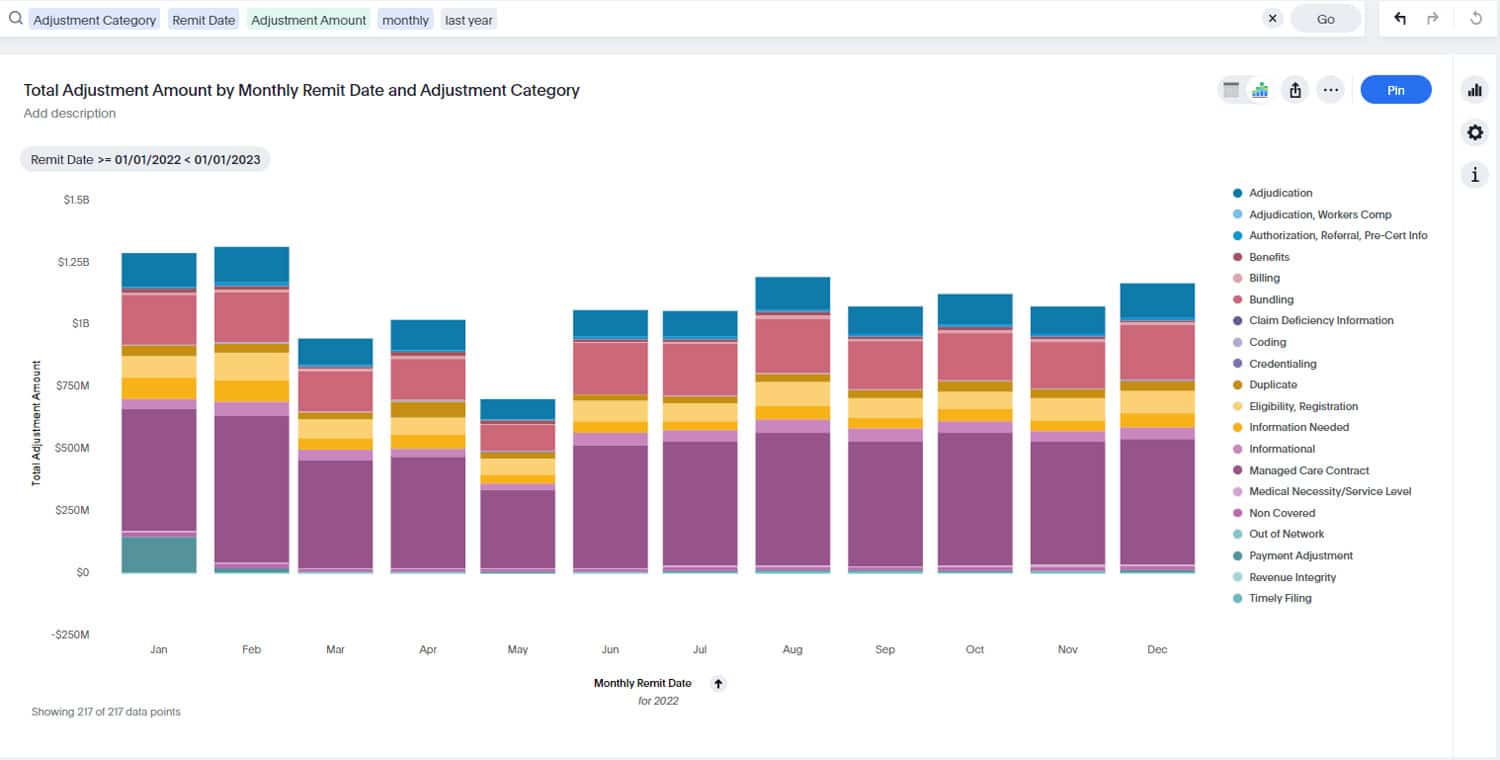Healthcare compliance has historically been a reactive exercise. Compliance teams schedule quarterly chart reviews, conduct annual policy refreshers, and scramble to assemble documentation when external auditors—such as Recovery Audit Contractors (RACs) or Zone Program Integrity Contractors (ZPICs)—knock on the door. By the time issues surface, claims have been processed, payments remitted or denied, and substantial administrative effort expended on appeals and repayments. Continuous risk monitoring transforms this paradigm by turning compliance into an ever-vigilant, preventive discipline.
From Fire-Fighting to Front-Line Prevention
Imagine a large health system that in mid-year suddenly discovers a pattern of missing informed-consent documentation in its cardiology department. Under the traditional model, that gap might go unnoticed until the next scheduled audit—months away—by which time hundreds of claims have been affected. Continuous risk monitoring platforms ingest daily feeds of claims, remittance advice, and electronic health record extracts. As each claim posts, sophisticated machine-learning models compare it against historical baselines and peer benchmarks. When they detect an unusual spike in cardiology consent exceptions, compliance officers receive an immediate alert .
This real-time visibility prevents small anomalies from snowballing into large-scale denials. Instead of “fire-fighting” after an audit deadline, compliance teams can investigate early, correct documentation gaps, and retrain clinicians—shielding the organization from the financial and reputational fallout of retroactive recoupments.
The Technology Behind Continuous Oversight
At the heart of continuous risk monitoring are three key capabilities:
Real-Time Anomaly Detection. Unsupervised algorithms sift through live claim data—Current Procedural Terminology (CPT) codes, modifiers, and payer adjudications—and flag statistical outliers. A sudden uptick in high-level evaluation and management codes at a single clinic, for instance, triggers an alert for deeper review.
Predictive Risk Scoring. Supervised models, trained on past audit findings and denial outcomes, assign each new claim a risk score on a 0–100 scale. High-risk claims automatically rise to the top of the compliance queue, ensuring audit resources focus where they deliver the greatest revenue protection.
Natural Language Processing (NLP). By mining unstructured clinical notes—discharge summaries, operative reports, and consent forms—NLP uncovers documentation gaps that often precede denials. When missing consent language or incomplete medical necessity justifications are detected, those insights link directly back to the associated claims.
Platforms like MDaudit’s Continuous Risk Monitoring module bring these capabilities together in a unified, cloud-native environment. Nightly retraining on fresh claim and remittance feeds keeps risk models aligned with evolving payer behaviors and coding guidelines, so alerts remain accurate and actionable.
Embedding Alerts into Everyday Workflows
Adopting continuous monitoring requires more than installing software—it demands weaving alerts into the fabric of daily operations. A typical day in a forward-looking compliance department now begins with a morning huddle where analysts review the previous night’s risk-level spikes. Service-level agreements (SLAs) dictate that every high-risk alert be triaged within 24 hours and resolved within three business days.
When a documentation anomaly surfaces, the platform routes a task directly to Health Information Management (HIM) specialists via the Audit Workflows interface. Coders receive alerts for unusual billing patterns, while revenue integrity analysts track denial trends in parallel. Because each case lives in a centralized, version-controlled repository, team members collaborate seamlessly without sifting through email threads or shared drives.
Measurable Impact on Denials and Revenue
The shift to preventive compliance yields quantifiable benefits. One multi-facility health system reported a 12 percent reduction in overall denial rates within six months of deploying continuous monitoring tools . Faster intervention on flagged claims cut external audit response times by half, eliminating interest penalties and administrative overhead. By focusing on the top 5–10 percent of highest-risk claims, compliance staff achieved a 40 percent boost in audit throughput with no headcount increase.
Beyond operational efficiencies, continuous monitoring safeguards top-line revenue. The Revenue Integrity Platform correlates compliance findings with remittance data, quantifying in real time the dollars at risk for each exception. Early intervention on just a handful of high-value claims can prevent six-figure losses—a return on investment that often pays back the platform cost within a single fiscal year.
Safeguarding Data and Meeting Regulatory Standards
Continuous monitoring platforms must handle Protected Health Information (PHI) with the utmost care. HITRUST certification, HIPAA-compliant encryption at rest and in transit, role-based access controls, and comprehensive audit logs are essential. MDaudit’s solution meets these stringent requirements, ensuring that daily data ingestion, analysis, and storage uphold patient privacy and regulatory compliance.
Selecting the Right Continuous Monitoring Partner
When evaluating solutions, healthcare leaders should look for deep integrations with core systems—Electronic Health Records, revenue cycle engines, and learning management systems—via secure APIs and standard electronic data interchange. Cloud-native scalability ensures that performance remains consistent as data volumes grow. Explainable AI features—showing which data attributes drove each risk score—help build trust and facilitate model validation by clinical and coding subject-matter experts.
Equally important is vendor partnership. Robust onboarding, role-based training modules, and responsive support accelerate time to value. By working closely with clients, a strong vendor ensures the platform evolves alongside changing regulatory mandates and organizational priorities.
Looking Ahead: Innovations on the Horizon
Continuous risk monitoring continues to evolve. Agentic AI assistants will soon draft audit reports and recommend corrective-action plans autonomously, freeing human experts for strategic oversight. Federated learning networks promise to enrich risk models with de-identified insights from across provider collaboratives—improving detection accuracy while preserving privacy. Blockchain-based audit trails may offer immutable review histories, simplifying compliance inspections and strengthening defensibility. Finally, real-time regulatory feeds—ingesting live updates from the Centers for Medicare & Medicaid Services and payer bulletins—will enable platforms to adapt risk-scoring logic as rules change.
Conclusion
By shifting compliance from a reactive, periodic exercise to continuous, preventive oversight, healthcare organizations can dramatically reduce denials, protect revenue integrity, and improve documentation quality. Platforms like MDaudit’s continuous monitoring solution empower compliance teams to intercept issues in real time, streamline workflows through integrated audit tasks, and quantify financial impact via revenue integrity analytics. To discover how continuous risk monitoring can fortify your organization’s compliance strategy, request a demo today.








